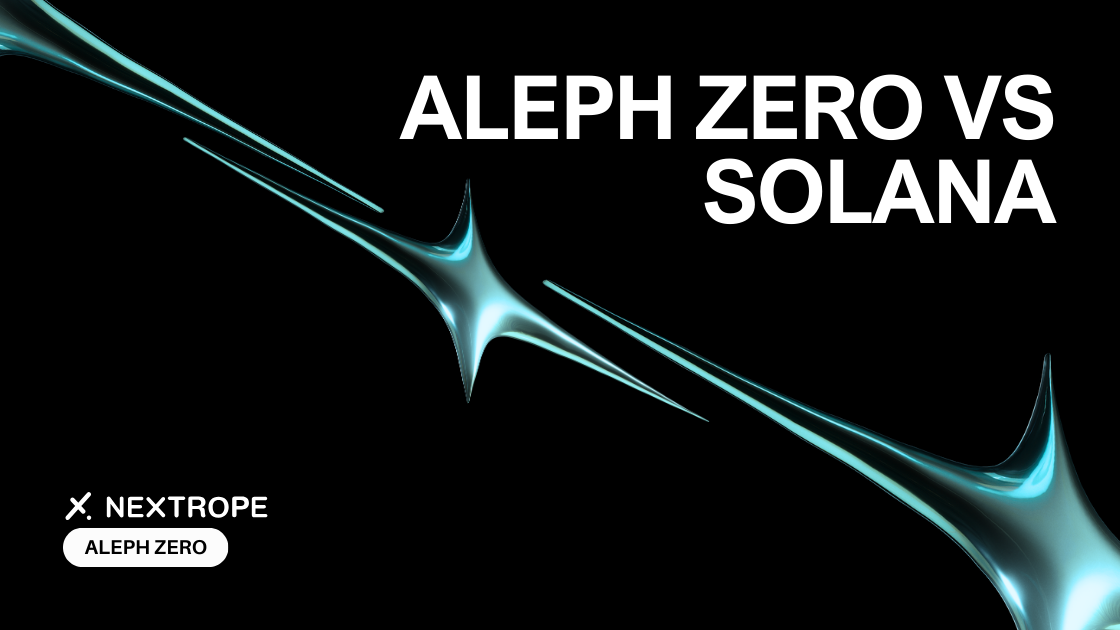Cryptoeconomics is a concept that stands at the intersection of cryptography, economics, and blockchain technology. This field, though complex, offers an explanation for the mechanisms that drive the functionality and security of decentralized networks. At its core, cryptoeconomics applies economic incentives, and cryptographic verification, to design and secure trustless protocols.
The journey of cryptoeconomics began with the inception of Bitcoin in 2009, introducing the world to a new form of money that was independent of intermediaries. However, the scope of cryptoeconomics extends far beyond the realm of digital currencies. Today, it encompasses a vast ecosystem that includes smart contracts, decentralized autonomous organizations (DAOs), and decentralized finance (DeFi) platforms, among others.
Understanding Cryptoeconomics
To appreciate the full spectrum of cryptoeconomics, it's essential to dissect its components and understand how they collectively shape the ecosystem.
The Genesis: Bitcoin and the Birth of Cryptoeconomics
Cryptoeconomics made its first groundbreaking appearance with the launch of Bitcoin in 2009. Created by an individual or group under the pseudonym Satoshi Nakamoto, Bitcoin introduced the world to a new form of currency that was decentralized, transparent, and secure without the need for a central authority. This was achieved through an ingenious combination of cryptographic techniques and economic incentives.
Bitcoin's underlying technology, the blockchain, leverages cryptographic proofs to ensure the integrity and chronological order of transactions. Miners, motivated by the reward of newly minted bitcoins expend computational resources to solve complex mathematical puzzles. This process, known as proof of work, secures the network and validates transactions, embodying the essence of cryptoeconomics. Using economic incentives to maintain a secure and functioning decentralized system.
Principles of Cryptoeconomics
The principles of cryptoeconomics extend beyond the secure transaction of digital currencies. They are the foundation upon which decentralized networks operate, ensuring integrity, security, and consensus without centralized oversight. Key to these principles are:
The Blockchain Revolution
The innovation of cryptoeconomics laid the groundwork for the blockchain revolution, a seismic shift in how data is stored. This revolution extends beyond the creation of Bitcoin. In fact it is mainly about the diversity of blockchain apps, built on top of more complex systems like Ethereum.
Beyond Bitcoin: The Diversification of Blockchain Applications
Bitcoin's success as a decentralized digital currency showcased the potential of blockchain technology, prompting innovators and developers to explore its applications beyond peer-to-peer transactions. This exploration led to the emergence of a multitude of cryptocurrencies, each designed with specific goals and mechanisms, diversifying the landscape of cryptoeconomics. Projects like Litecoin and Ripple emerged, offering variations in transaction speed and consensus mechanisms, while others like Monero and Zcash focused on enhancing privacy.
This diversification was not limited to currencies. The blockchain began to be seen as a foundational technology for creating decentralized applications (DApps), decentralized autonomous organizations (DAOs), digital identity verification, and more. The ability of blockchain to offer transparency, immutability, and security without central control has opened up possibilities for its application across various sectors.
Ethereum and the Rise of Smart Contracts
The launch of Ethereum in 2015 marked a pivotal moment in the blockchain revolution. Conceived by Vitalik Buterin, Ethereum introduced the concept of a blockchain with a built-in programming language, allowing users to create smart contracts—self-executing contracts with the terms of the agreement directly written into code. This innovation expanded the scope of cryptoeconomics far beyond simple transactions, enabling the automation of complex agreements and the creation of decentralized applications (DApps) without intermediaries.
Smart contracts have become a cornerstone of blockchain technology, facilitating the development of decentralized finance (DeFi) platforms, non-fungible tokens (NFTs), and more. They allow for the creation of trustless, transparent, and secure systems for a wide range of applications, from financial services and insurance to gaming and art. The Ethereum platform, with its smart contract functionality, has thus been pioneer in demonstrating the potential of blockchain in various industries.
The Emergence of Decentralized Finance
The evolution of cryptoeconomics and the advancement of blockchain technology have paved the way for one of the most transformative developments in the financial sector: Decentralized Finance. Emerging from the principles of blockchain and the functionality of smart contracts, DeFi represents a radical shift from traditional financial systems towards a more open, inclusive, and transparent financial ecosystem.
Understanding DeFi
DeFi refers to an ecosystem of financial services that are accessible on public blockchains. Unlike traditional finance, which relies on intermediaries like banks, DeFi operates without central authorities. It's achieved through use of smart contracts to automate and enforce the execution of financial transactions and services. This allows for the creation of decentralized exchanges (DEXs), lending platforms, stablecoins, and more. All accessible to anyone with an internet connection.
The core appeal of DeFi lies in its ability to democratize access to financial services. It eliminates the need for intermediaries, reduces costs, and increases efficiency by leveraging blockchain technology. DeFi platforms often offer higher interest rates for lenders and borrowers than traditional banks, due to competitive nature of decentralized markets.
The Impact of DeFi on Cryptoeconomics
DeFi has had a profound impact on cryptoeconomics. It illustrates the potential for decentralized networks replicating traditional financial mechanisms. Key impacts include:
Conclusion
The journey from the inception of Bitcoin to the expansive ecosystem of DeFi has been nothing short of revolutionary. This evolutionary path has demonstrated blockchain's potential to disrupt traditional financial systems. It has also laid the foundation for a future where decentralized, transparent, and inclusive economic practices become the norm. As we look forwards, we can see more advancements in cryptography, coupled with steady creation of regulatory frameworks. This ensures that the blockchain will become more useful, as well as more prone to adoption by non-technical users.
If you are interested in utilizing blockchain-based solutions for your project, please reach out to contact@nextrope.com
FAQ
What are the future prospects of cryptoeconomics, and what challenges might it face
- Scalability, privacy, and regulatory compliance are key challenges for cryptoeconomics. Innovations such as layer-2 scaling solutions and privacy-centric blockchains are emerging to address these issues.
Are there any detailed case studies or examples of real-world applications of cryptoeconomics, particularly in sectors outside of finance?
- Real-world applications extend beyond finance into healthcare for secure patient data management, supply chains for transparency, and energy for efficient resource tracking.
How does the rise of cryptoeconomics specifically impact traditional financial institutions and systems? Is there evidence of adoption or integration by mainstream financial entities?
- Traditional financial institutions already often use blockchain based systems as they foster transparency, and cost reduction.
 en
en  pl
pl 







